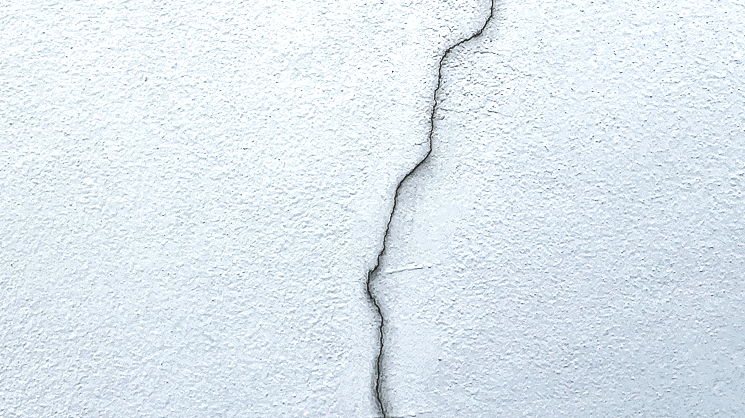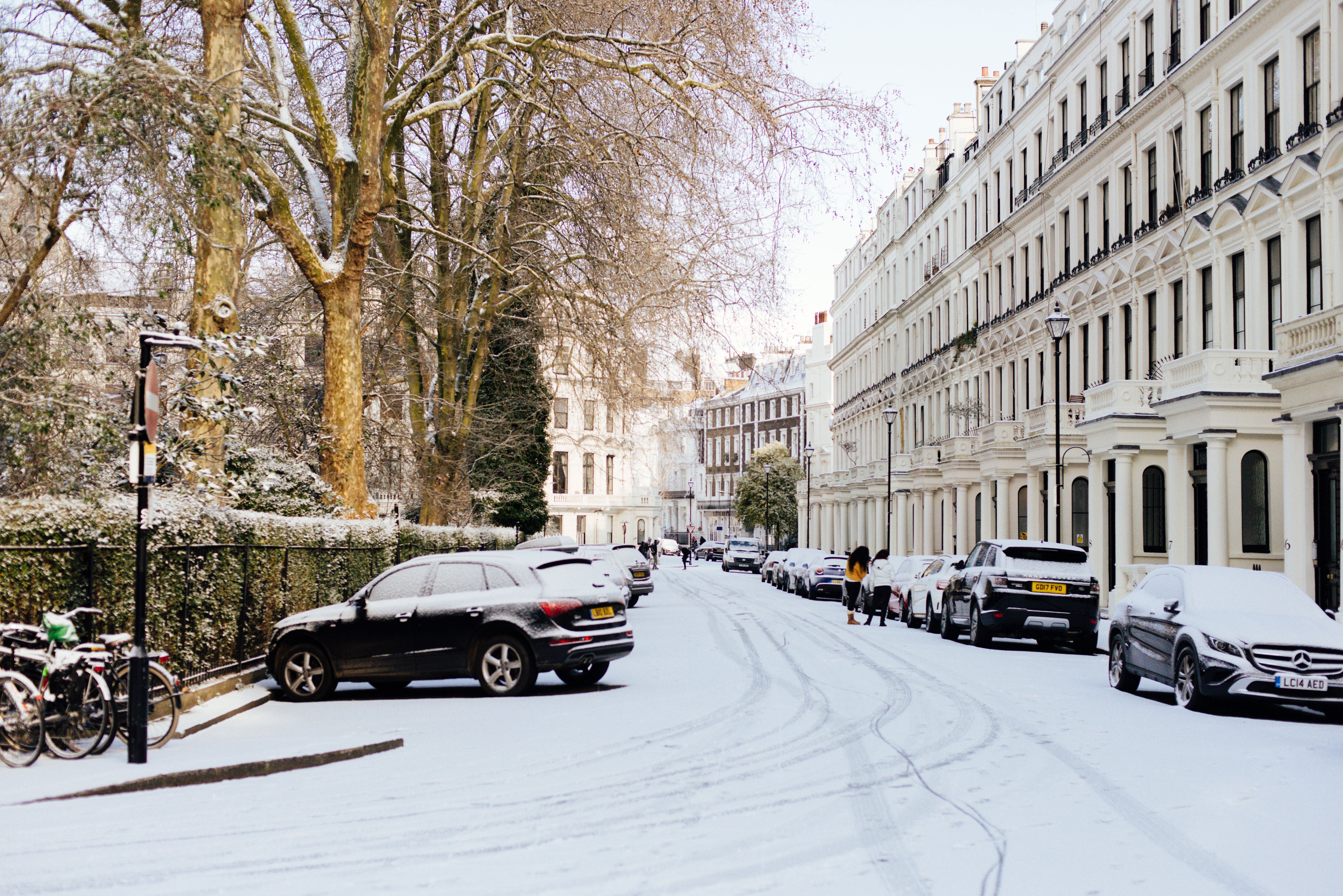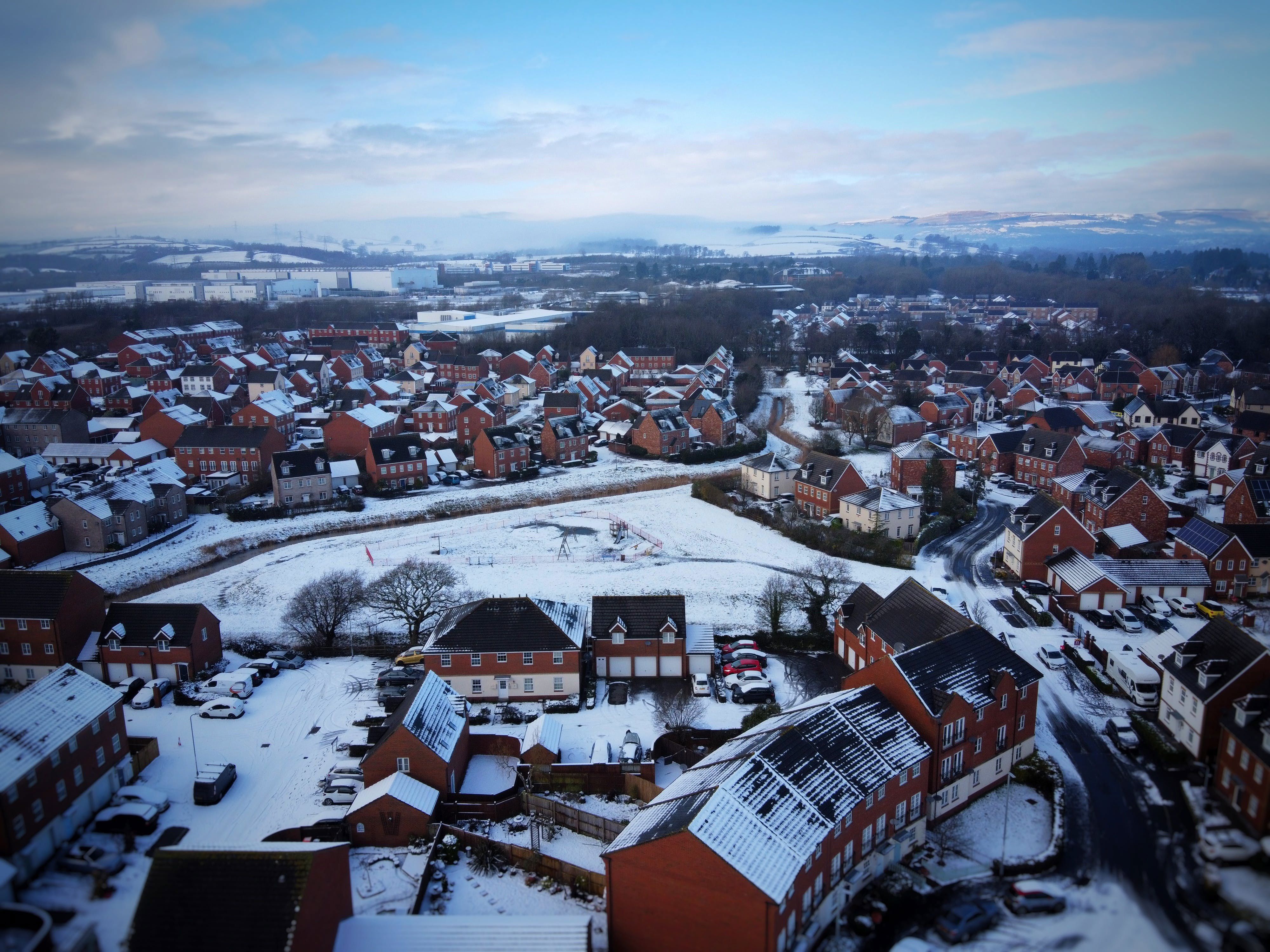What is heave – and is it the same as subsidence?
Both subsidence and heave are a type of ground displacement that can have serious consequences for your property if left untreated. The impact of heave is opposite to the effect of subsidence which is where the ground is unstable and sinks downward, or settlement which is caused by the weight of the building.
When heave happens, the soil expands and shifts upwards, causing the building’s foundation to crack and deform, potentially damaging the structure of the property. In recent years, the UK has experienced a significant increase in rainfall, with some areas receiving record-breaking amounts. This has heightened the risk of heave. According to the UK's Environment Agency (EA), heavy rainfall will become more frequent and severe in the coming years.
What causes heave?
The most likely cause is excessive water absorption by the soil (most commonly shrink-swell soils such as clay or silt), often due to leaking drains, a change in the water table, or flooding. Freezing and the subsequent expansion of trapped water can also lead to ground heave. (You can use the British Geological Survey's Geology Viewer to find out what type of soil your property is built on. Click on the search icon on the top right of the page, enter your postcode or location, and then click on the map to learn about bedrock geology.)
Additionally, removing nearby trees that retain water during their lifespan can affect soil moisture levels. In fact, a single tree has the capacity to remove as much as 150 litres of water a day from the surrounding soil. The maturity, size, and type of tree, the absorbency of the clay soil, and the water table all contribute to the amount of ground movement that may occur after tree removal.
Recognising the common signs of heave
Cracking
One of the key differences between heave and subsidence is the type of cracks they cause. Heave, like subsidence, can lead to cracks in your property. However, it's important to note that cracks caused by heave are typically vertical. In contrast, subsidence cracks often have a diagonal shape. External cracking can be mirrored internally in the same cavity wall area, leading to crumpled wallpaper and cracks emerging after prolonged dry weather. Existing cracks may exhibit a pattern of opening and closing, depending on the season.
Sticking windows and doorframes
You may also notice that your doors and windows start to stick and become difficult to open and close. This can also be a sign of subsidence.
Lifting paths and driveways
Additionally, lifting of patios, driveways, and paths surrounding your property should be monitored. If any of them begin to lift at the corners, it could be a sign of heave.
Is heave preventable?
While it's not possible to completely prevent ground heave, there are steps you can take to minimise the risk:
- Avoid planting trees and shrubs too close to your property
- Regularly prune trees and shrubs
- Check for leaking or blocked drains
- Clear dirt and leaf build-up from gutters to avoid overflowing
- Inspect rainwater downpipes for cracks or splits.
What if you discover heave is affecting your property?
If you discover ground heave on your property, here are the steps you can take:
- Assess the extent of the heave. Look for signs such as cracks in walls, uneven floors, or doors and windows that don’t close properly.
- Arrange tree management. If tree roots are causing the heave, consult an arborist. They can advise on root pruning or removal without compromising tree health.
- Address any drainage issues. Proper drainage can prevent water accumulation and reduce heave risks.
- Consult a specialist. If you suspect heave is damaging your property’s foundations, seek the guidance of a structural engineer or surveyor, who can evaluate the situation, identify the cause, and recommend appropriate solutions. Repairs may involve underpinning or other stabilisation methods.
- Ensure your property is adequately insured. Check with your broker or insurance provider to confirm that you’re covered against subsidence, heave, and other risks.
Will your insurer cover the cost of repairing the damage to your property?
Your building's insurance should cover your property for both subsidence and heave. It's important to notify your insurer as soon as you notice the issue. Typically, you will have to pay the first £1,000 excess of your policy, although some policies have higher excesses. Most damage, including alternative accommodation, should be covered, but it's a good idea to confirm this with your broker.
Like all insurance policies, making claims can increase the premium at renewal; you may lose some no-claims bonus and find that many insurers are reluctant to provide a quote for a previously affected property.
Conclusion
By understanding the risks and taking steps to identify and address potential issues, property owners can mitigate the impact of heave on their properties. If you suspect your property is experiencing heave, it's crucial to act promptly to prevent further damage and minimise costly repairs. Don't hesitate to contact your insurance provider for guidance on how to proceed.
Contact us
If you'd like to discuss Buildings Insurance with one of our team, please call: 020 7280 3450 or email: enquiries@thecleargroup.com







